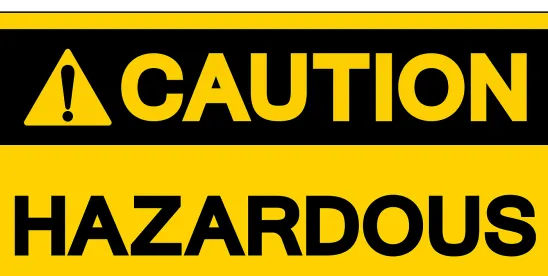EPA recently issued its long-awaited rule designating perfluorooctanoic acid (PFOA) and perfluorooctanesulfonic acid (PFOS) as hazardous substances under the Comprehensive Environmental Response, Compensation and Liability Act (CERCLA). Along with the rule, EPA issued PFAS Enforcement Discretion and Settlement Policy Under CERCLA. This policy document provides the regulated community with some insight as to how EPA may roll out this rule in practice.
According to the policy document, EPA intends to focus its PFOA/PFOS CERCLA enforcement efforts on “responsible entities who significantly contributed to the release of PFAS into the environment, including parties that manufactured PFAS or used PFAS in the manufacturing process, federal facilities, and other industrial parties.” EPA does not intend to use its CERCLA authority to pursue certain public and other entities, such as:
- Community water systems
- Publicly owned treatment works (POTWs)
- Publicly owned/operated municipal solid waste landfills
- Publicly owned airports
- Local fire departments
Based upon how PFAS are being investigated and discovered in the environment, the above entities are often on the front lines of identifying PFAS in the environment. They are also providing important public services. Because of this, EPA intends to focus its enforcement efforts elsewhere.
In considering whether to pursue other parties under CERCLA, EPA will consider a number of factors:
- Does the entity manufacture PFAS or used PFAS as part of an industrial process?
- Is the entity is actively involved in the use, storage, treatment, transport, or disposal of PFAS?
- Does the entity perform a public service role?
- Is the entity a state, local, or tribal government?
Based on the above factors, it seems clear that EPA intends to focus its PFAS CERCLA enforcement efforts on the manufacturing and industrial sectors. That enforcement activity could very well arise out of contamination discovered in water systems, POTWs, landfills, etc., but it appears EPA will focus on the manufacturing and industrial entities that may have contributed PFAS to the environment.
EPA will also seek to protect the public entities listed above in pursuing CERCLA settlements. For example, when EPA enters into a settlement with a PFAS manufacturer, it may look to secure a waiver of rights to prevent that manufacturer from seeking contribution from certain non-settling parties. EPA may also enter into favorable settlements with the public entities listed above to shield them from lawsuits from other potentially responsible parties.
EPA makes it clear that this enforcement policy applies to CERCLA only. EPA further reserves the right to change this policy as the scientific and legal landscapes evolve. That said, for now, it appears that the manufacturing and industrial communities may find themselves in the crosshairs of CERCLA enforcement.



 />i
/>i

